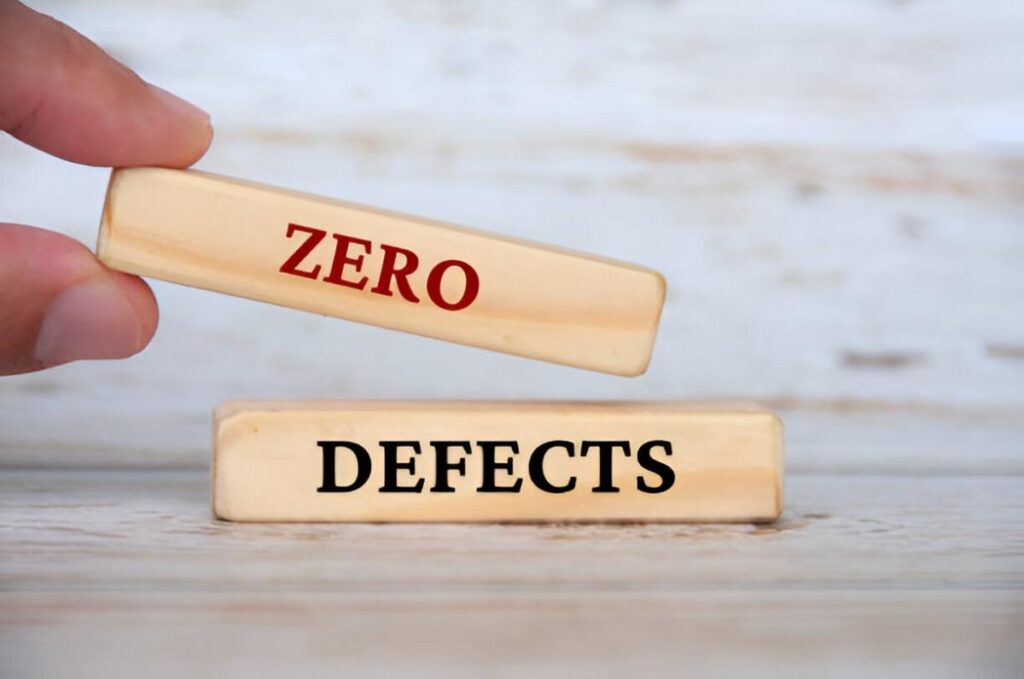Organizational behavior (OB) is the study of how individuals and groups interact within an organization. I find it fascinating because it blends psychology, sociology, and management theory to explain why people act the way they do in professional settings. Whether you’re a manager, employee, or entrepreneur, understanding OB helps you navigate workplace dynamics, improve productivity, and foster a positive work culture.
Table of Contents
What Is Organizational Behavior?
Organizational behavior examines human behavior in organizational contexts. It explores motivation, leadership, communication, decision-making, and team dynamics. I see it as the backbone of effective management because it provides insights into how to structure workplaces for optimal performance.
Key Components of Organizational Behavior
- Individual Behavior – Personality, perception, attitudes, and learning.
- Group Dynamics – Teamwork, leadership, conflict resolution.
- Organizational Structure – Hierarchy, culture, policies.
The Psychology Behind Organizational Behavior
I believe psychology plays a crucial role in OB. Theories like Maslow’s Hierarchy of Needs and Herzberg’s Two-Factor Theory explain what drives employees. For example, Maslow’s model suggests that people seek fulfillment in stages:
- Physiological needs (salary, working conditions)
- Safety needs (job security)
- Social needs (team cohesion)
- Esteem needs (recognition)
- Self-actualization (career growth)
If an employee feels undervalued (esteem needs unmet), their performance may suffer. I’ve seen companies improve retention by simply recognizing employee contributions more frequently.
Mathematical Models in Organizational Behavior
Quantitative analysis helps predict behavior. One model I often use is the Expectancy Theory, which calculates motivation as:
Motivation = Expectancy \times Instrumentality \times Valence- Expectancy: Belief that effort leads to performance.
- Instrumentality: Belief that performance leads to rewards.
- Valence: Value placed on the reward.
If an employee scores low on any factor, motivation drops. For instance, if a salesperson believes bonuses are unattainable (low expectancy), they may not push for higher sales.
Group Dynamics and Team Performance
Teams function best when roles are clear. The Belbin Team Role Theory identifies nine roles, such as the “Coordinator” and “Implementer.” A balanced team performs better than one with overlapping strengths.
Example: Calculating Team Effectiveness
Suppose a team has:
- 2 Coordinators
- 1 Innovator
- 4 Implementers
An imbalance occurs because too many Implementers may resist change. I recommend assessing team composition before major projects.
Organizational Culture and Its Impact
Company culture shapes behavior. Google’s open culture fosters innovation, while traditional banks may emphasize hierarchy. I’ve observed that cultures leaning too rigid stifle creativity, whereas overly lax cultures lack direction.
Comparing Organizational Cultures
| Aspect | Traditional Culture | Innovative Culture |
|---|---|---|
| Decision-Making | Top-down | Collaborative |
| Risk Tolerance | Low | High |
| Communication | Formal | Informal |
Leadership Styles and Employee Behavior
Different leaders elicit different responses. A transformational leader inspires, while a transactional leader focuses on rewards/punishments. Studies show transformational leadership boosts engagement by up to 30%.
Case Study: Leadership Impact
At Company X, replacing a transactional manager with a transformational one led to:
- 20% higher productivity
- 15% lower turnover
This aligns with research showing that empathy in leadership enhances performance.
The Role of Conflict in Organizations
Conflict isn’t always bad. Moderate conflict sparks innovation, but excessive conflict harms morale. The Thomas-Kilmann Conflict Model outlines five strategies:
- Competing
- Collaborating
- Compromising
- Avoiding
- Accommodating
I’ve found that encouraging collaboration (win-win solutions) works best in creative industries, while compromising suits deadline-driven environments.
Measuring Job Satisfaction
Job satisfaction affects productivity. The Job Descriptive Index (JDI) assesses five factors:
- Work itself
- Pay
- Promotion opportunities
- Supervision
- Coworkers
If employees rate “supervision” low, leadership training may be needed.
The Future of Organizational Behavior
Remote work, AI, and generational shifts are reshaping OB. Millennials and Gen Z value flexibility, prompting companies to adopt hybrid models. I predict AI will soon analyze employee sentiment in real-time, allowing proactive management.
Final Thoughts
Understanding organizational behavior is essential for any leader. By applying psychological principles, mathematical models, and conflict-resolution strategies, businesses can create thriving workplaces. I encourage managers to assess their teams regularly and adapt strategies based on behavioral insights.





